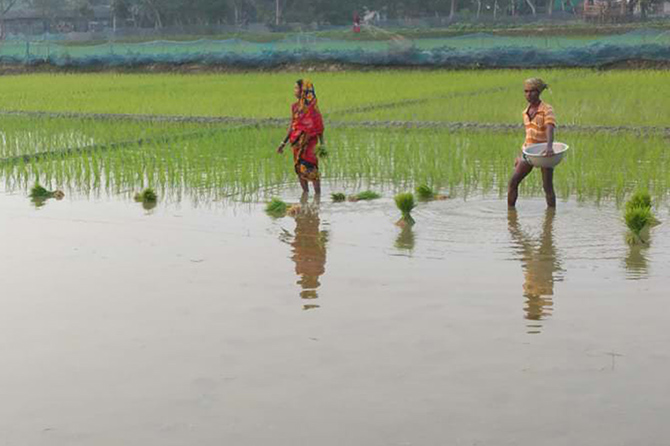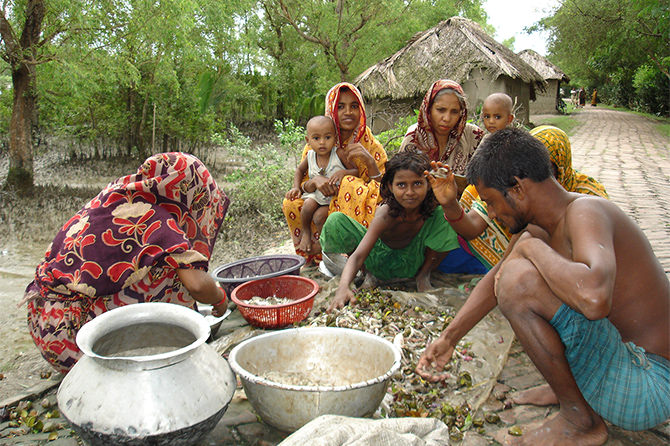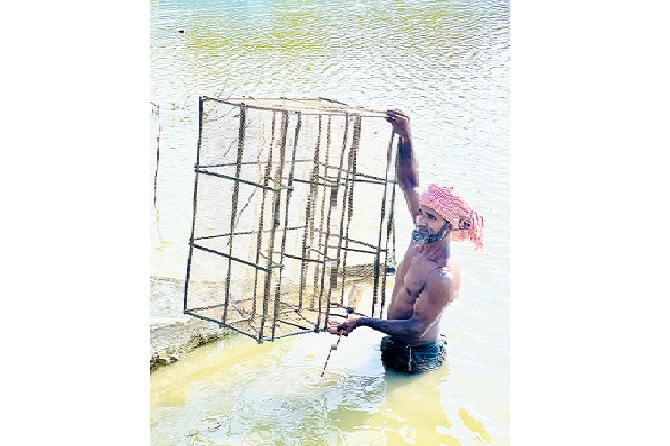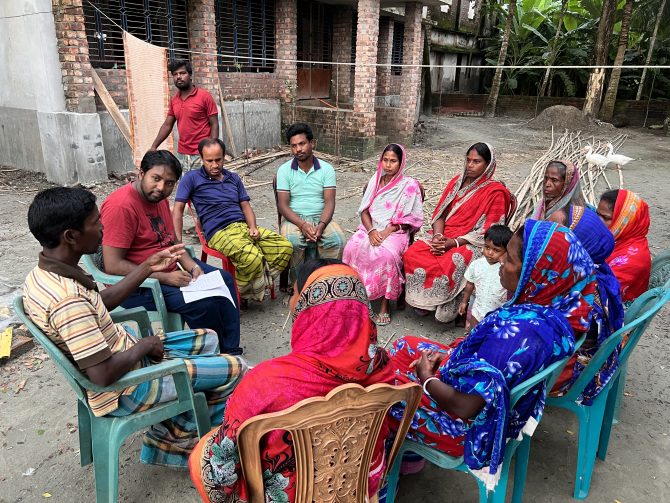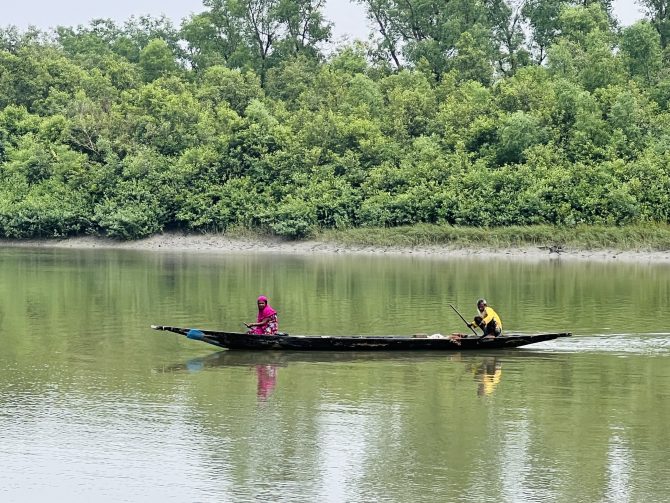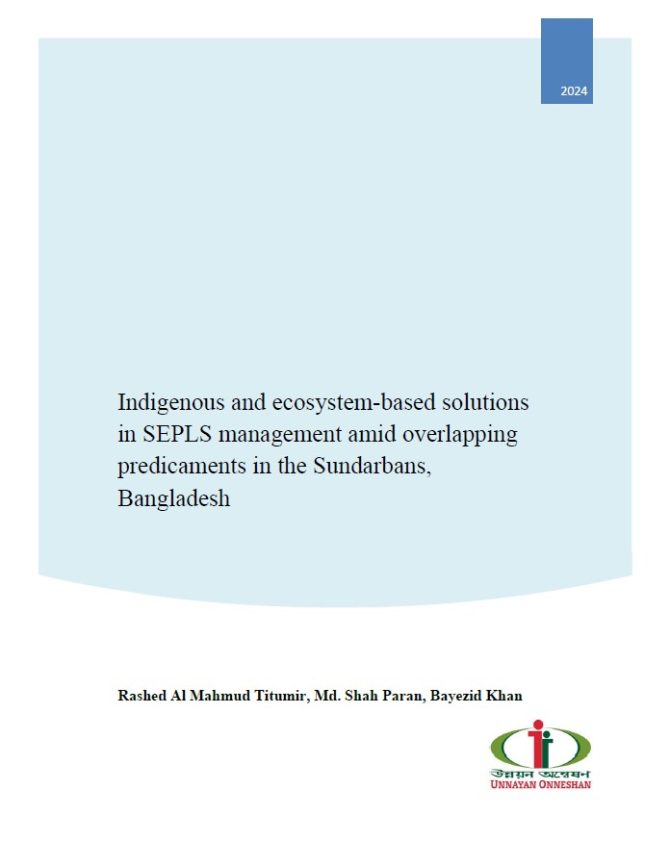2022 BANGLADESH
Indigenous and ecosystem-based solutions in SEPLS management during overlapping crises in the Sundarbans, Bangladesh
Unnayan Onneshan (UO)
Research activities
Landscape, Seascape
Overview
The Sundarbans is a unique socio-ecological production landscape and seascape (SEPLS) with a composite ecosystem combining forest, marine, coastal, and wetland environments. The Sundarbans and its indigenous peoples and local communities (IPLCs) have been experiencing a plethora of challenges due to anthropogenic pressures and climatic change. IPLCs have responded by implementing various actions to adapt and mitigate their challenges. This multiple-evidence-based participatory project aims to capture indigenous and ecosystem-based solutions in SEPLS management amid overlapping predicaments and examine whether these actions have led to: (1) increased regenerative capacity and well-being of the ecosystems, and (2) increased income and standard of living, low-impact lifestyles, and sustainable production and consumption by IPLCs.
To achieve aims, the project implemented the following activities and surveys:
- Systematic consultations involving 30 indigenous communities to identify vulnerability, regenerative capacity, status of income and standard of living, low-impact lifestyles, and sustainable production and consumption practices
- Consultative workshops were conducted in two forest peoples’ cooperatives
- A situation analysis, and analysis of causes of vulnerability and community action and capacity
Key achievements
The study suggests that changing climate and increased anthropogenic pressures have led to a reduction in the abundance of ecosystem services, for example, fish, fuel woods, honey, and other resources in the Sundarbans, affecting the life and livelihoods of traditional resource users. To address the overlapping predicaments resulting from COVID-19, increased cost of living, etc., adaptation measures based on indigenous and local knowledge (ILK) are recommended, such as vulnerability assessments and appropriate adaptation measures. Furthermore, the involvement of local communities in the management of the Sundarbans through co-management approaches is crucial for its protection and conservation. The study also found increased cooperation and tolerance in the community - a positive change amid multiple crises, which implies that IPLCs are helping each other in difficult times by forming cooperatives.
Lessons
The study suggests that anthropogenic pressures and climate variability have led to a decline in regenerative capacity and well-being of people around the Sundarbans. Against these odds, resilient adaptation and mitigation measures by IPLCs founded upon ILK, such as vulnerability assessments and innovative adaptation practices, are effective mechanisms for sustainable management of Sundarbans SEPLS.
Project location
Organisation
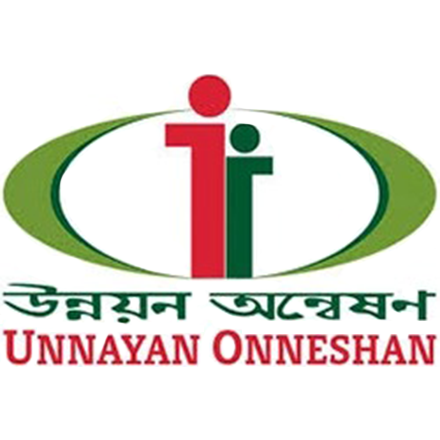
Unnayan Onneshan (UO)
- Sector
- Academic, Educational and / or Research Institute
- Country
- Bangladesh
- Website/SNS
- http://www.unnayan.org/
Related products
Indigenous and ecosystem-based solutions in SEPLS management amid overlapping predicaments in the Sundarbans, Bangladesh
- Publisher
- Unnayan Onneshan (UO)
The Sundarbans mangrove forest, identified as a world heritage site by the UNESCO, is the largest single track contiguous mangrove forest in the world, totaling around 140,000 hectares. It is situated on the delta formed by the convergence of the Ganges, Brahmaputra, and Meghna rivers, which is located on the Bay of Bengal. The overall land area is an estimated 10,000 square kilometres, with approximately two-thirds of this region being within the borders of Bangladesh and the remaining one-third situated in the state of West Bengal, India. The Sundarbans, located in Bangladesh, correspond to latitude 21°38'10.18" North and 22°29'51.65" North, and longitudes 89°02'22.87" East and 89°53'13.93" East. The geographical region under consideration extends from the Harinbhanga and Raimangal Rivers in the Western boundary to the Baleswar River in the Eastern boundary (Mondal et al., 2018).
The Sundarabans is a unique Socio Ecological Production Landscapes and Seascapes (SEPLS) with a composite ecosystem combining forest, marine, coastal, and wetland environments (Titumir & Paran, 2022a). However, it is losing resources due to anthropogonic pressures and climatic changes. Multiple crises like COVID-19 pandemic, cost of living is also posing unprecedented challenges to the wellbeing of both the Sundarbans and IPLCs dependent on it (Titumir & Paran, 2022a; Titumir et al. 2019). IPLCs in the Sundarbans have adopted various innovative and participatory local approaches and actions to manage the SEPLS sustainably (Titumir et al. 2022b).
This multiple-evidence-based (MEB) participatory research aims to capture indigenous and ecosystem-based solutions in SEPLS management amid overlapping crises of COVID-19, climate change and increased cost of living. It is conducted in collaboration with Indigenous People and Local Communities (IPLCs) in the Sundarbans—drawing Indigenous and Local Knowledge (ILC) and traditional practices of two cooperatives - Koyra Bonojibi Bohumukhi Unnayan Samity and Munda Adivasi Bonojibi Bohumukhi Unnayan Samity. The two cooperatives have faced a plethora of challenges due to overlapping crises and in response, they have taken various actions to adapt to and mitigate these challenges. This study aims to explore whether indigenous and ecosystem-based solutions in SEPLS management amid multiple crises lead to increased regenerative capacity and well-being of ecosystems, increased income and standard of living, low-impact lifestyles, and sustainable production and consumption by IPLCs. Based on the findings, this study also provides an analysis presenting how indigenous and ecosystem-based solutions could contribute to Global Biodiversity Framework (GBF) and Sustainable Development Goals (SDGs).
How to achieve the 30 percent target of protected forests quickly ATN News
- Publisher
- ATN News
UO holds seminar on Kunming-Montreal Global Biodiversity Framework
- Publisher
- daily observer
The goal of protected forests can be achieved through four strategies
- Publisher
- The Daily Messenger
Achieving the goal of protected forests is possible with strategy
- Publisher
- Dainik Sarabangla
In a decade, the size of the Sundarbans has decreased by almost half
- Publisher
- Daily Bonik Barta
The resource of Sundarbans is decreasing; it can be increased in three ways
- Publisher
- Prothom Alo
The shadow of geopolitics at the climate conference
- Publisher
- Prothom Alo
Nature must be protected and developed: IUCN Director General.
- Publisher
- Prothom Alo
Relevant projects
Projects of the same year
Kunming-Montreal Global Biodiversity Framework Targets
Kunming-Montreal Global Biodiversity Framework Targets
-
Plan and Manage all Areas To Reduce Biodiversity Loss
-
Restore 30% of all Degraded Ecosystems
-
Conserve 30% of Land, Waters and Seas
-
Ensure Sustainable, Safe and Legal Harvesting and Trade of Wild Species
-
Reduce the Introduction of Invasive Alien Species by 50% and Minimize Their Impact
-
Enhance Biodiversity and Sustainability in Agriculture, Aquaculture, Fisheries, and Forestry
-
Increase the Sharing of Benefits From Genetic Resources, Digital Sequence Information and Traditional Knowledge
-
Integrate Biodiversity in Decision-Making at Every Level
-
Businesses Assess, Disclose and Reduce Biodiversity-Related Risks and Negative Impacts
-
Reduce Harmful Incentives by at Least $500 Billion per Year, and Scale Up Positive Incentives for Biodiversity
-
Mobilize $200 Billion per Year for Biodiversity From all Sources, Including $30 Billion Through International Finance
Sustainable Development Goals
Sustainable Development Goals
-
No poverty
-
Zero hunger
-
Good health and well-being
-
Decent work and economic growth
-
Reduced inequalities
-
Responsible consumption, production
-
Climate action
-
Life below water
-
Life on land
